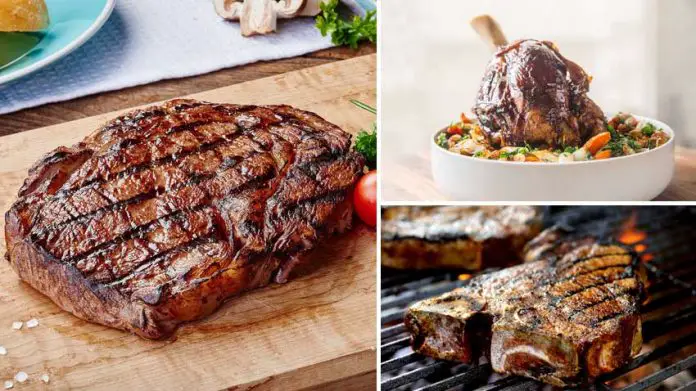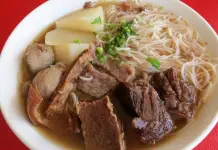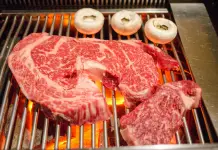Who doesn’t love a juicy slab of beef steak? You can easily find them in good old-fashioned steakhouses, restaurants, cafes, food courts and even certain mamak restaurants. Now, have you ever wondered what is the difference between a T-Bone and a sirloin steak? Here is the guide to 7 different steak cuts in alphabetical order.
1) Chuck
No, it has nothing to do with Chuck Norris. Instead, the chuck refers to the type of beef cut that comes from the shoulder of a cow. It is a tough meat due to the good amount of connective tissues but also happens to be one of the most flavourful beef cuts.
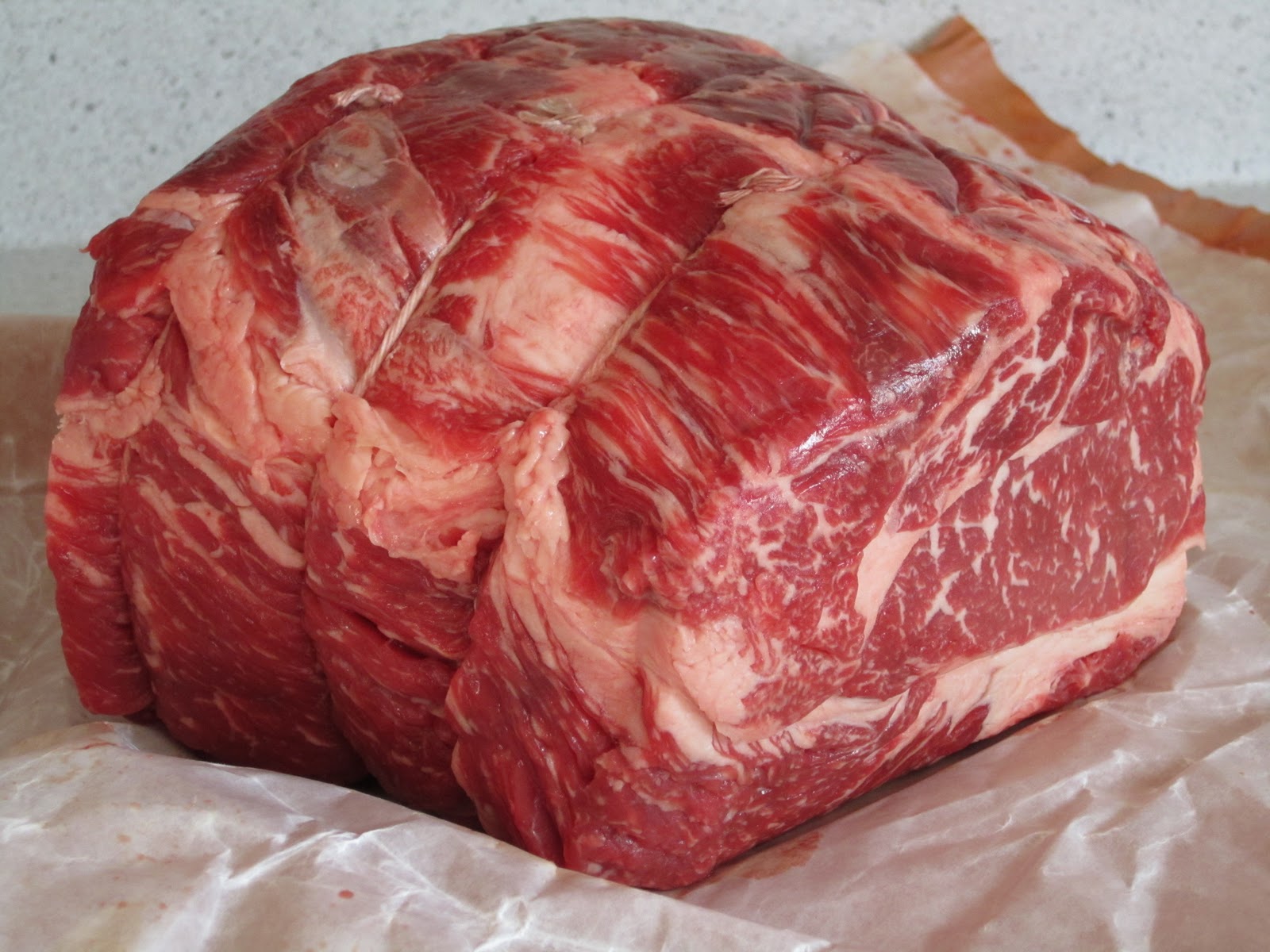
How to prep the steak: Given its tough texture, a chuck is best prepared through braising, pot roast or using a slow cooker. Best served medium-rare to medium.
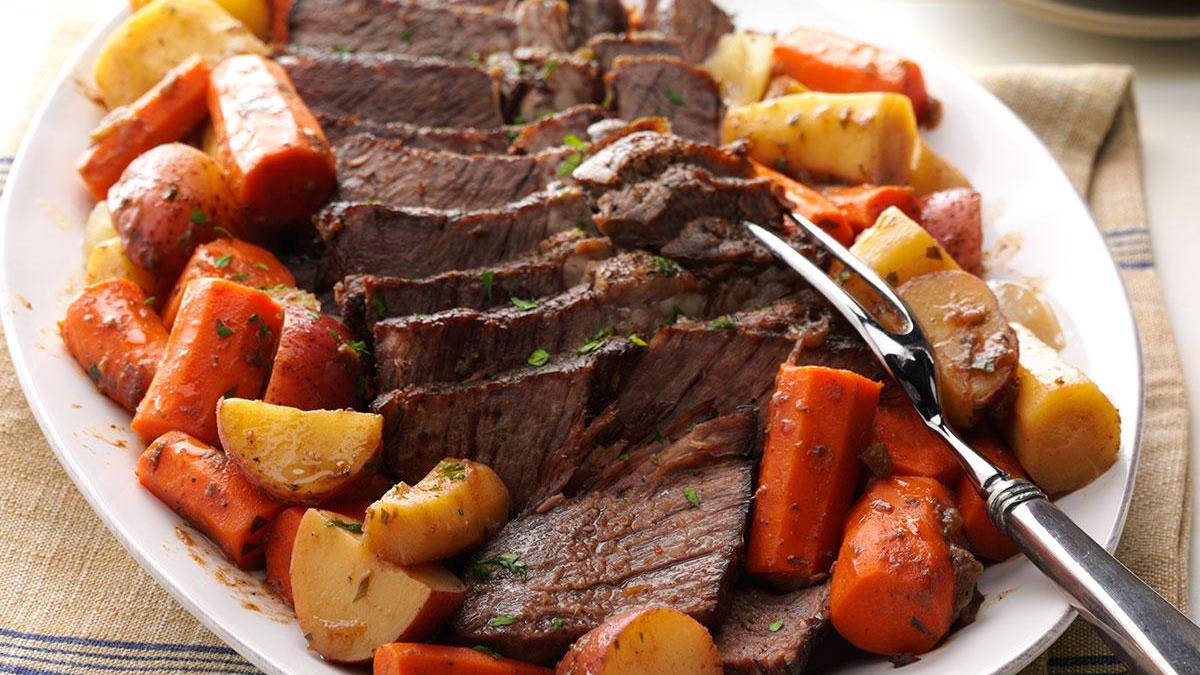
2) Porterhouse
Porterhouse is cut from the short loin of the beef (same with T-Bone). It has a T-shaped bone in between and holds two sections of meat, which include one side of tenderloin and another side of a New York Strip. The biggest difference between a porterhouse and T-Bone is the size of the fillet. A porterhouse steak has more fillet than a T-Bone. It also needs at least 1.25 inches thick to qualify as a porterhouse. Any lower than that would be called a T-Bone instead.

How to prep the steak: You can grill a porterhouse steak using a charcoal grill or on the open flame. Alternatively, you can also sear the steak in a cast iron skillet on high heat and finish it off in a preheated oven for around 5-6 minutes. Likewise, always season the meat with salt and pepper on both sides and around the edges before the cooking process. Best served medium-rare.

3) Ribeye
Ribeye comes from the rib primal on the upper rib cage. It contains a significant amount of marbling, the crucial type of fat that helps to make your steak extra juicy and flavourful.

How to prep the steak: You can choose to broil, grill and pan-sear a ribeye over high heat. But keep in mind that it may cause flare-ups if you are not careful due to the ribeye’s high-fat content. And as usual, season the meat with salt and black pepper on both sides prior to the cooking process. Best served medium-rare.

4) Sirloin
Sirloin comes from the upper section of the loin, which is located at the rear back of a cow. The sirloin is also divided into two sections known as top sirloin and bottom sirloin.

How to prep the steak: Always remove the gristle — the “vein” of the cow’s connective tissue — before cooking. After all, the gristle isn’t particularly palatable since it’s notoriously tough to chew. Season the steak with salt and pepper on both sides. You can choose to grill it on a stovetop grill or better yet, a charcoal grill since it helps to bring out the smoky flavour. Best served medium-done if you want your sirloin steak juicy and tender. But for the top sirloin and bottom sirloin, they are best served rare and medium rare respectively.

5) Shank
Shank is located at the top part of a cow. It’s particularly tough since the shank contains lots of connective tissues and muscle fibres.

How to prep the steak: Unlike most steak cuts, the shank isn’t particularly ideal for grilling due to its extreme toughness. The best way to cook a shank is through braising or using a slow cooker. This is to help break and soften the connective tissues and muscle fibres altogether.
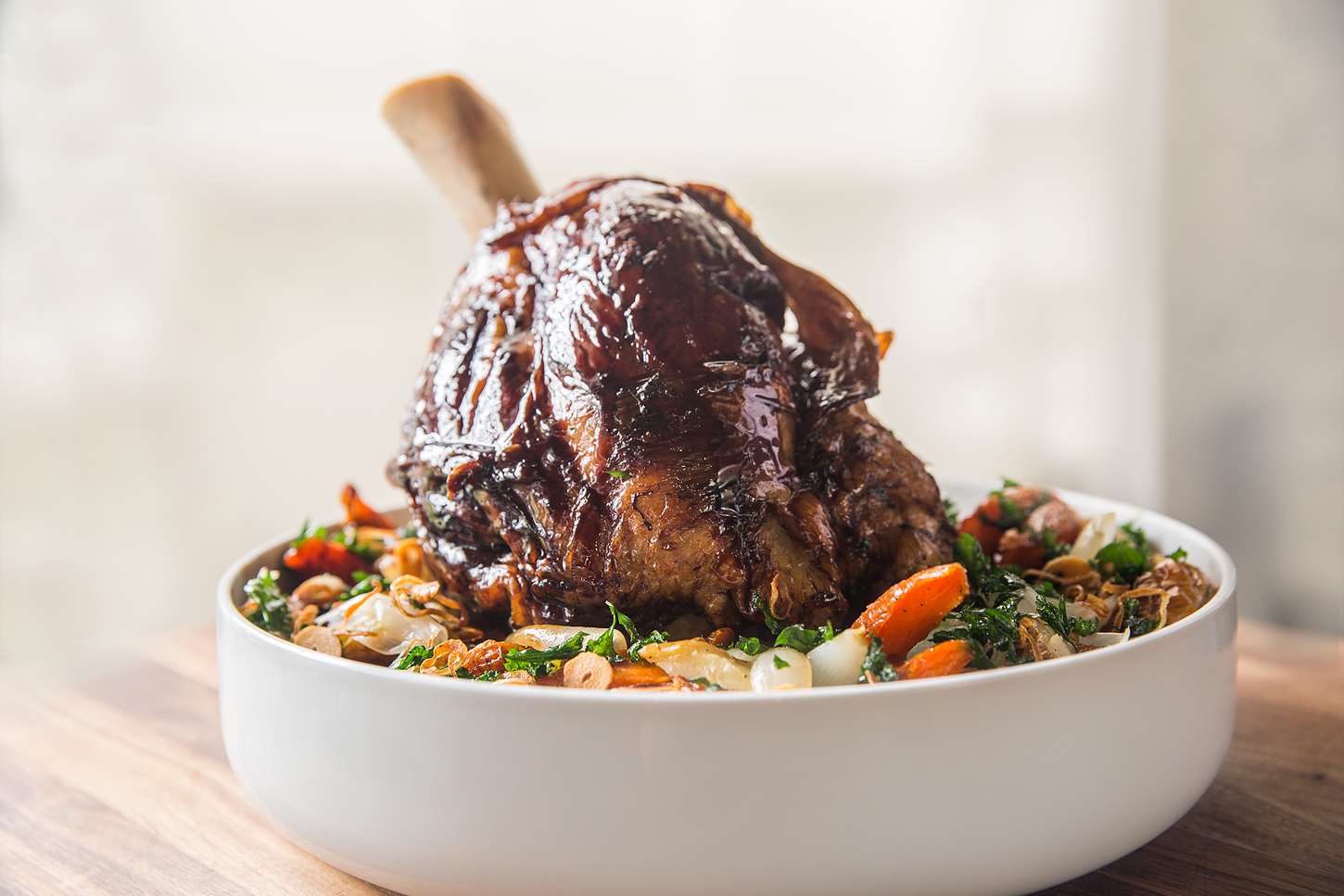
6) T-Bone
Like the porterhouse, T-Bone is also cut from the same short loin. It is named as such because of the visible T-shaped bone in the meat itself. It even has the same two meat sections between the T-shaped bone, which is one side of tenderloin and another side of a New York Strip. To qualify as a T-Bone, it needs to be at least 0.25 inches thick. If a T-Bone steak has a thickness lower than 0.25 inches, it is called a club steak or a bone-in strip steak/bone-in New York Strip.

How to prep the steak: You can choose to pan-fry or grill a T-Bone steak. Either way, it is important to prep the meat beforehand around 30-45 minutes before the cooking process. Season the meat with salt and black pepper on both sides and even around the edges. Keep in mind not to overcook the tenderloin side of the T-Bone steak since it tends to cook faster. Best served medium-rare to medium.

7) Tenderloin
If you like your steak extra tender, tenderloin is your beef. Filet mignon, which comes from the tiny end of the tenderloin a.k.a. short loin is particularly known as the most expensive and finest steak cut available.

How to prep the steak: Tenderloin has a nice, buttery texture but lacks a beefy flavour if to compare with other cuts of beef. Which is why it’s important to season the tenderloin evenly around the surface with salt (preferably kosher or sea salt) and black pepper (freshly ground, if possible). The seasoning particularly helps to bring out the beefy flavour of the tenderloin. And since the tenderloin is very lean, be careful not to overcook it to prevent dryness and stick to medium rare.
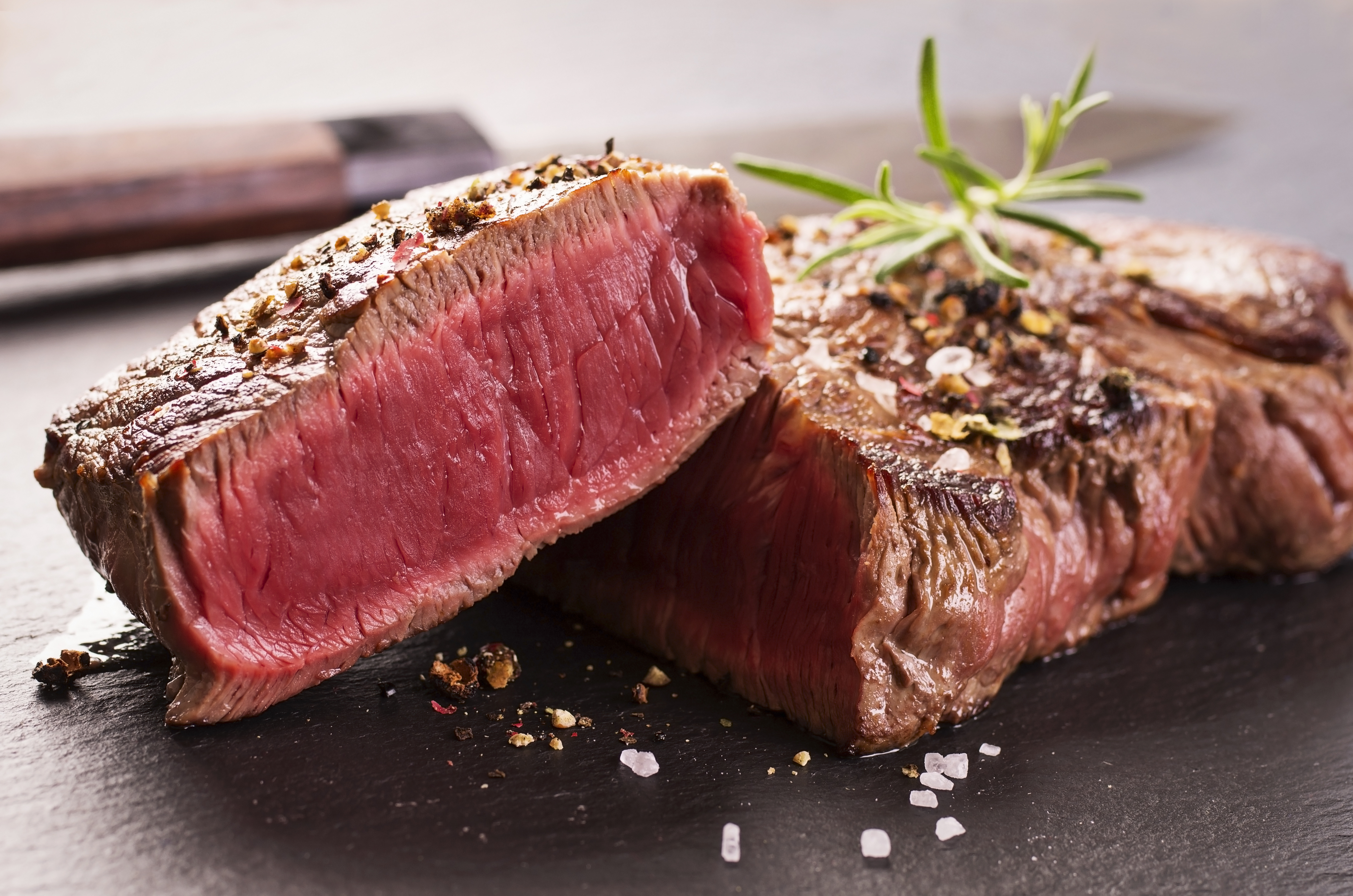
https://www.facebook.com/tallypressmy/


